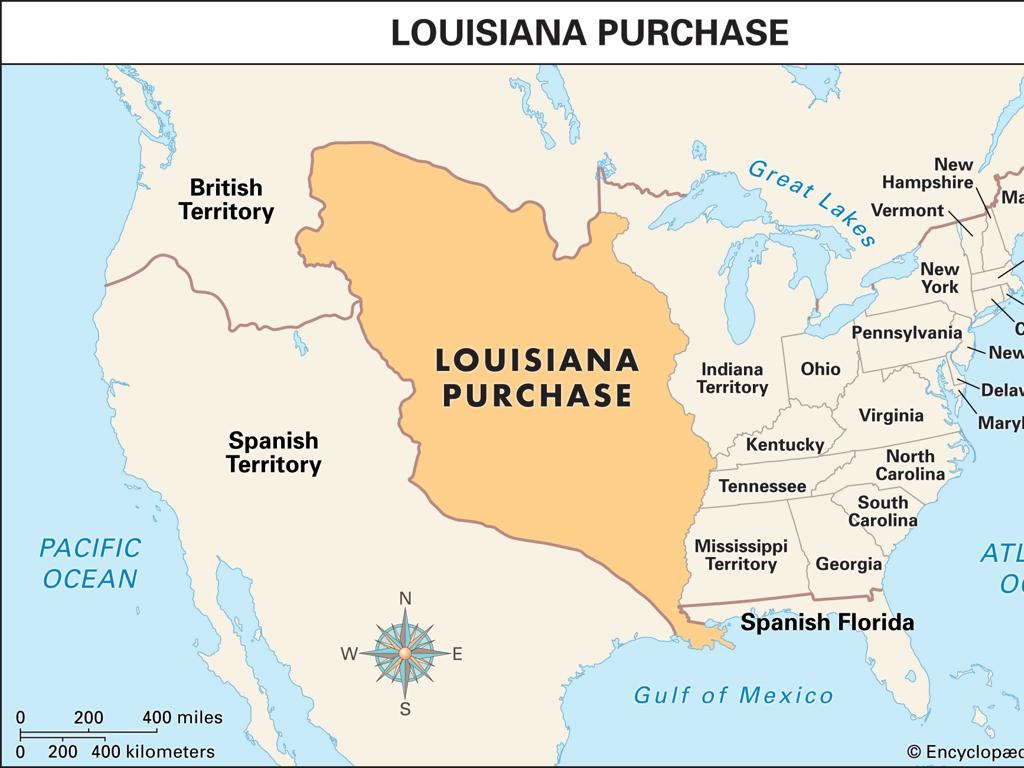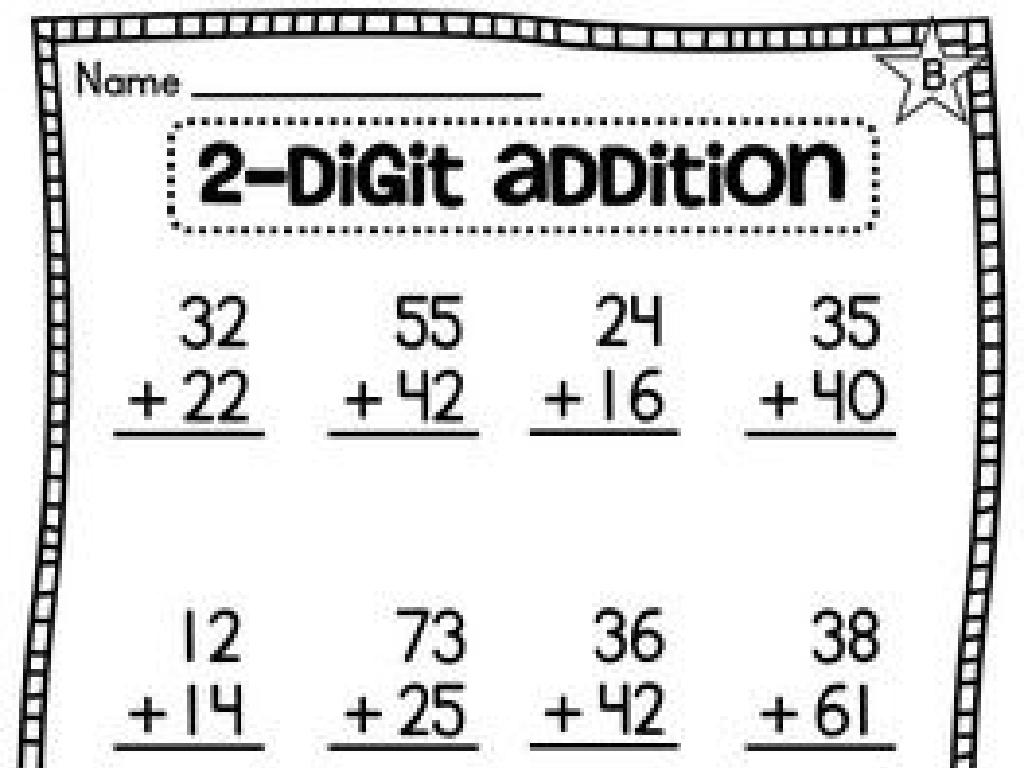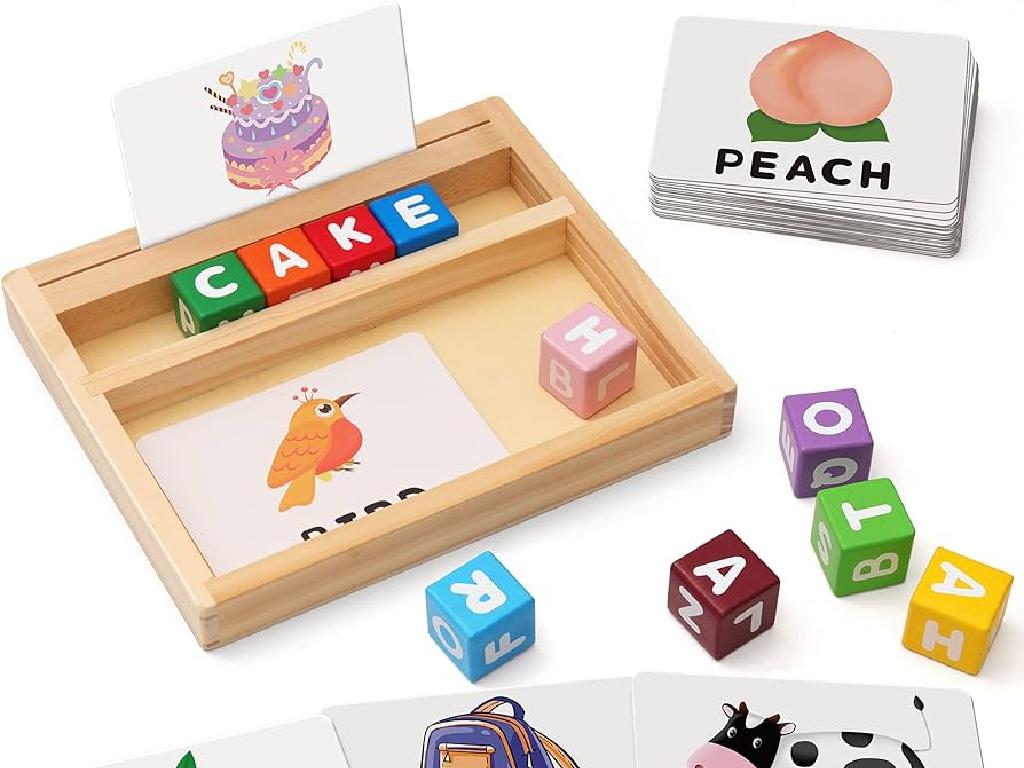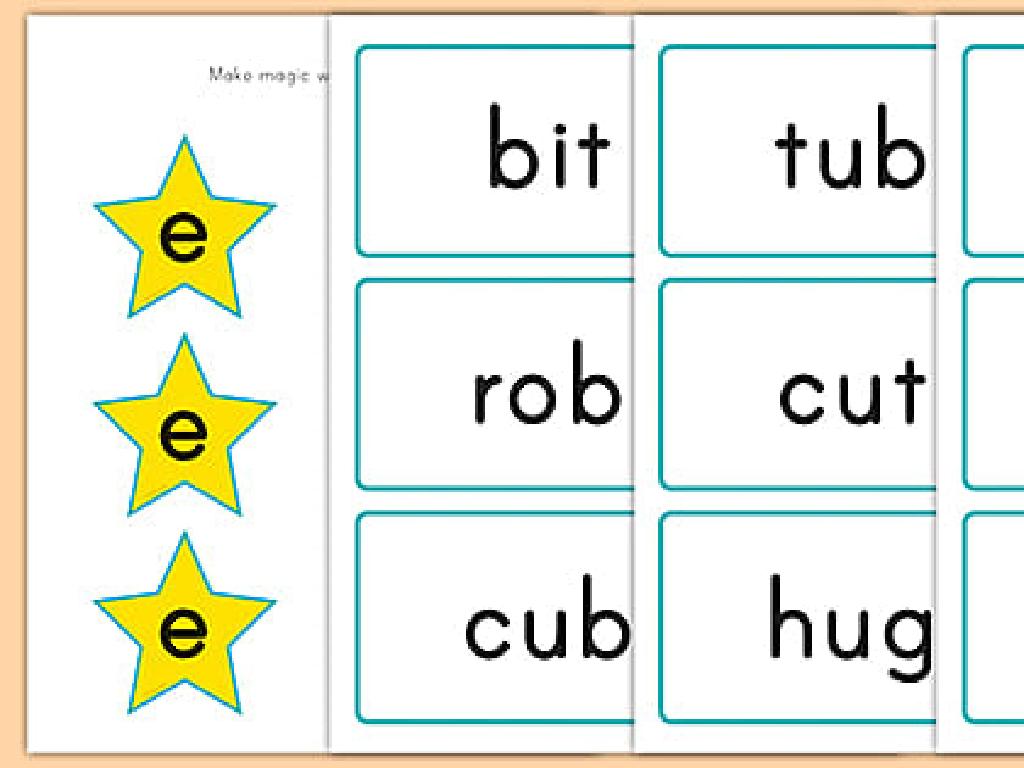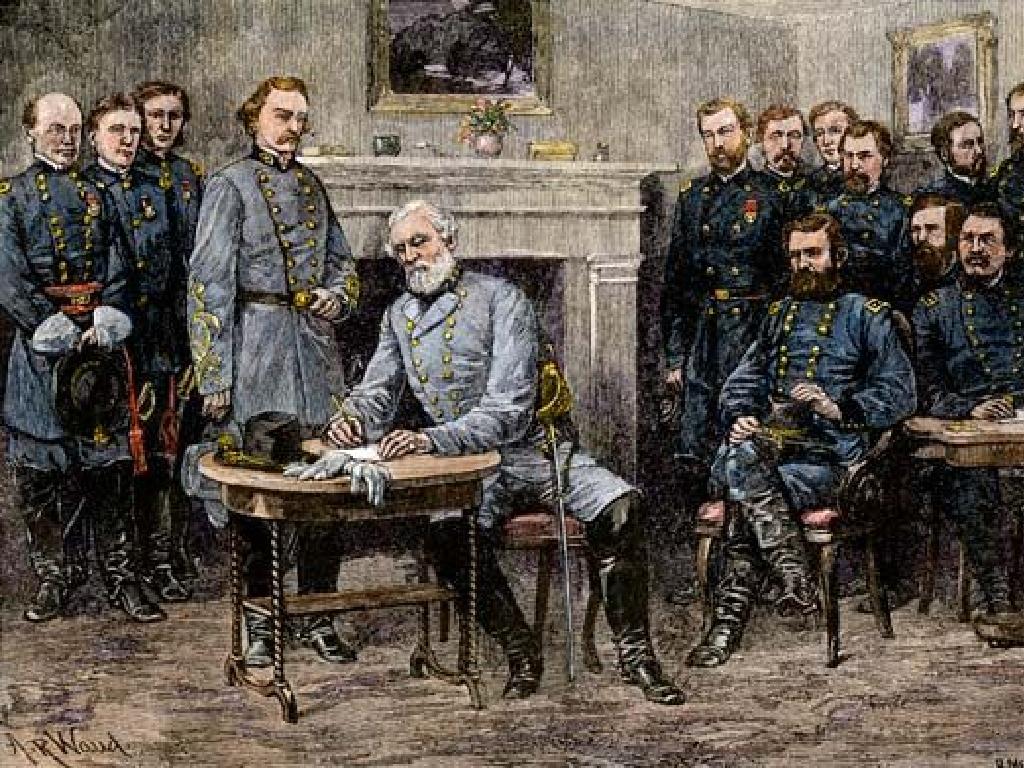Complete And Interpret Punnett Squares
Subject: Science
Grade: Eighth grade
Topic: Genes To Traits
Please LOG IN to download the presentation. Access is available to registered users only.
View More Content
Introduction to Genetics: From Mendel to Modern Science
– Exploring heredity basics
– Heredity is how traits are passed from parents to offspring.
– Defining genes and traits
– Genes are DNA segments that dictate traits; traits are inherited characteristics.
– Gregor Mendel’s genetic research
– Mendel’s pea plant experiments laid the foundation for genetics.
– Significance of Mendel’s discoveries
– Mendel’s work revealed how traits are inherited, leading to the development of Punnett squares.
|
This slide introduces students to the fundamental concepts of genetics, starting with heredity the process by which traits are transmitted from parents to their children. It’s crucial to define what genes and traits are, as they are the building blocks of heredity. Highlight Gregor Mendel’s pioneering work with pea plants, which led to the laws of inheritance. Emphasize the importance of Mendel’s discoveries in understanding how traits are passed down and how this knowledge has evolved into tools like Punnett squares for predicting genetic outcomes. Encourage students to consider how these principles apply to their own inherited traits.
Exploring Punnett Squares
– Define Punnett Square
– A grid system for predicting offspring traits from parental genes
– Purpose in trait prediction
– Used to calculate the probability of inheriting specific traits
– Genotype vs. Phenotype
– Genotype: genetic makeup; Phenotype: physical expression of genes
– Practice with examples
– Let’s apply Punnett Squares to real genetic scenarios in class
|
This slide introduces the concept of Punnett Squares, a fundamental tool in genetics for predicting the probability of offspring inheriting certain traits from their parents. Begin by defining a Punnett Square and discussing its purpose in genetics. Explain the difference between genotype, the genetic code inherited from the parents, and phenotype, the observable traits. Emphasize the importance of understanding these terms when interpreting Punnett Squares. Provide examples to illustrate how Punnett Squares are used, and prepare to engage students with hands-on practice in class to reinforce the concepts.
Creating and Interpreting Punnett Squares
– Identify parental genotypes
– Genotypes are genetic makeups, like Bb or BB
– Fill in the Punnett Square
– Place parent genotypes on top and side, then combine
– Interpret the results
– Results show possible genotypes of offspring
– Predict offspring traits
– Use results to predict likelihood of traits
|
This slide is aimed at guiding students through the process of creating and interpreting Punnett Squares. Start by explaining that genotypes represent the genetic makeup of an organism’s traits, with uppercase letters representing dominant alleles and lowercase for recessive. Show how to set up a Punnett Square with one parent’s alleles on the top and the other’s on the side, then combine them in the squares to show possible offspring genotypes. Teach students how to interpret these results to understand the probability of different traits being expressed in the offspring. Encourage students to practice with different genotypes and predict possible outcomes for various traits.
Monohybrid Crosses in Genetics
– Define Monohybrid Cross
– A cross between individuals focusing on one trait
– Monohybrid Cross Example
– Example: Pea plant flower color (Purple x White)
– Practice: Single Trait Prediction
– Use a Punnett square to predict offspring’s flower color
– Significance in Genetics
|
This slide introduces the concept of monohybrid crosses, which are used to predict the inheritance of a single trait. Begin by defining a monohybrid cross and then illustrate with an example, such as Gregor Mendel’s classic pea plant experiments, where he crossed purple-flowered plants with white-flowered ones. Provide a practice problem for students to apply their knowledge by setting up and interpreting a Punnett square to predict the probability of offspring inheriting a particular trait. Emphasize the importance of understanding monohybrid crosses as a foundation for more complex genetic studies.
Dihybrid Crosses in Genetics
– Understanding Dihybrid Crosses
– A dihybrid cross involves two traits being studied at once, like seed shape and color.
– Example of a Dihybrid Cross
– Pea plants: RrYy x RrYy, where ‘R’ is round, ‘r’ is wrinkled, ‘Y’ is yellow, and ‘y’ is green.
– Practice Problem on Trait Inheritance
– Use a 16-square Punnett square to predict offspring traits.
– Predicting Two Traits Simultaneously
|
This slide introduces students to the concept of dihybrid crosses, where two separate traits are analyzed together. Start by explaining that each trait is represented by two alleles, and the combination of these alleles determines the traits of the offspring. Use the example of Gregor Mendel’s pea plants to illustrate a dihybrid cross, explaining how to set up and fill in a 16-square Punnett square. For the practice problem, guide students through creating their own Punnett square to predict the probability of offspring inheriting combinations of two traits. This exercise will help students understand the concept of independent assortment and how it applies to genetic inheritance.
Complex Patterns of Inheritance
– Explore incomplete dominance
– Neither allele is dominant; resulting phenotype is a blend, e.g., red + white = pink flowers.
– Understand codominance
– Both alleles are expressed equally, e.g., AB blood type.
– Multiple alleles and polygenic traits
– Traits controlled by more than two alleles, e.g., blood types A, B, O.
– Environmental impact on genes
– Genes can be influenced by the environment, e.g., sunlight affecting skin color.
|
This slide delves into the more complex aspects of genetic inheritance beyond simple dominant-recessive patterns. Incomplete dominance results in blended phenotypes, while codominance allows both alleles to be fully and separately expressed. Multiple alleles introduce more variation in possible phenotypes, as seen with human blood types. Polygenic traits, such as height and skin color, are influenced by multiple genes and can show a wide range of phenotypes. Additionally, environmental factors can affect how genes are expressed, which can alter the phenotype. Provide examples for each concept and encourage students to think of other instances where these patterns might occur. This will help them understand the diversity and complexity of genetic traits.
Class Activity: Punnett Square Challenge
– Engage with real-world genetic scenarios
– Create Punnett squares for each scenario
– Use traits from scenarios to fill out squares
– Share your findings with the class
– Discuss and interpret the results together
– What do the squares tell us about trait inheritance?
|
This activity is designed to apply students’ knowledge of genetics to real-life situations. Provide scenarios that involve simple genetic traits, such as flower color or pet fur patterns. Students will use the information given to create Punnett squares, predicting possible outcomes for offspring. After completing their squares, students will share their results with the class and engage in a discussion to interpret the genetic patterns observed. This will reinforce their understanding of heredity and the use of Punnett squares as a predictive tool. Possible scenarios could include breeding different colored flowers, or predicting the fur color of puppies. Encourage students to explain their reasoning during the discussion phase.
Wrapping Up: Punnett Squares
– Recap: Punnett Square usage
– A tool for predicting genetic traits
– Review: Key genetic terms
– Terms like genotype, phenotype, dominant, recessive
– Engage in Q&A session
– Clarify doubts, ask and answer questions
– Reflect on the importance
– Understand how genetics influence traits
|
This slide aims to consolidate the students’ knowledge on Punnett Squares and their application in genetics. Begin with a brief recap of how Punnett Squares are used to predict the probability of offspring inheriting particular traits. Review essential terms such as genotype, phenotype, dominant, and recessive alleles. Open the floor for a question and answer session to address any uncertainties students may have. Conclude by reflecting on the significance of understanding genetics in the broader context of biology and how it applies to real-world scenarios. Encourage students to think about how this knowledge could be relevant to them personally, such as in understanding family traits or in future scientific studies.

